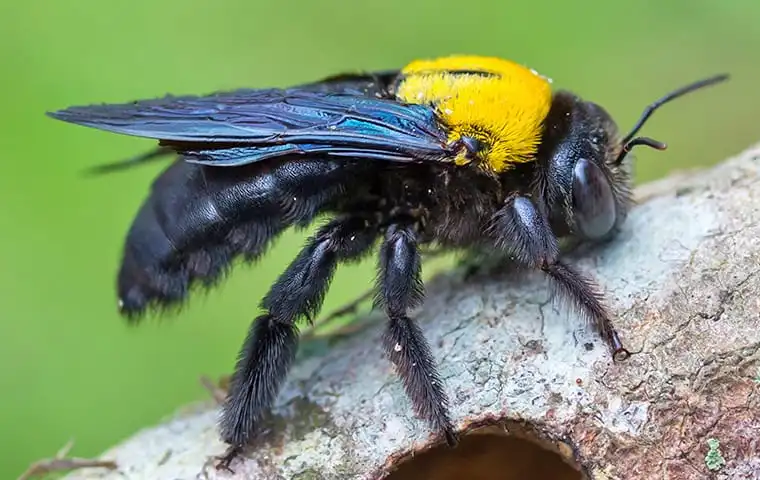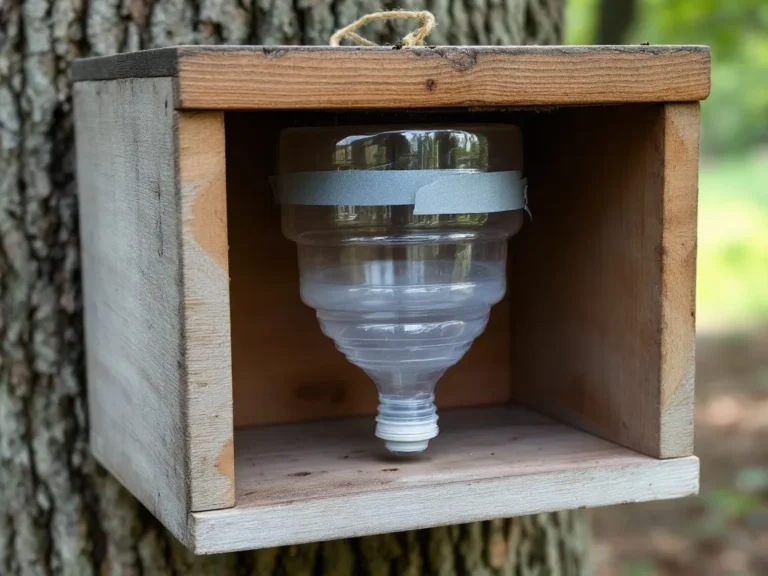Imagine stepping into your garden, the serene beauty marred by the buzzing of carpenter bees drilling into your wooden structures. While these bees are vital pollinators, their nesting habits can lead to significant damage to your home and garden. The good news? You can naturally deter these pesky insects by incorporating certain plants into your landscape. In this comprehensive guide, we’ll explore the best plants that repel carpenter bees, offering you a beautiful and eco-friendly way to protect your property.
Understanding Carpenter Bees
The Carpenter Bee Dilemma
Carpenter bees, often mistaken for bumblebees due to their similar appearance, are notorious for their wood-boring habits. Unlike bumblebees that nest in the ground, carpenter bees excavate tunnels in wood to lay their eggs. This behavior can cause structural damage to wooden elements in your home, such as eaves, decks, and fences. Understanding their behavior is the first step in preventing damage.
Why Carpenter Bees Are a Concern
- Structural Damage: Carpenter bees bore into wood, weakening structures over time.
- Aesthetic Impact: The presence of carpenter bee holes and sawdust can diminish the beauty of your wooden surfaces.
- Recurring Problems: Carpenter bees often return to the same nesting sites each year, exacerbating the damage.
Why Use Plants as a Natural Repellent?
The Eco-Friendly Solution
Using plants to repel carpenter bees is not only effective but also environmentally friendly. Unlike chemical treatments that can harm beneficial insects, plants offer a natural way to deter pests while enhancing your garden’s beauty.
Benefits of Plant-Based Repellents
- Non-Toxic: Safe for children, pets, and other wildlife.
- Aesthetic Appeal: Many repellent plants are visually pleasing and add to your garden’s overall beauty.
- Low Maintenance: Once established, these plants require minimal care.
Top Plants That Repel Carpenter Bees
1. Eucalyptus (Eucalyptus spp.)
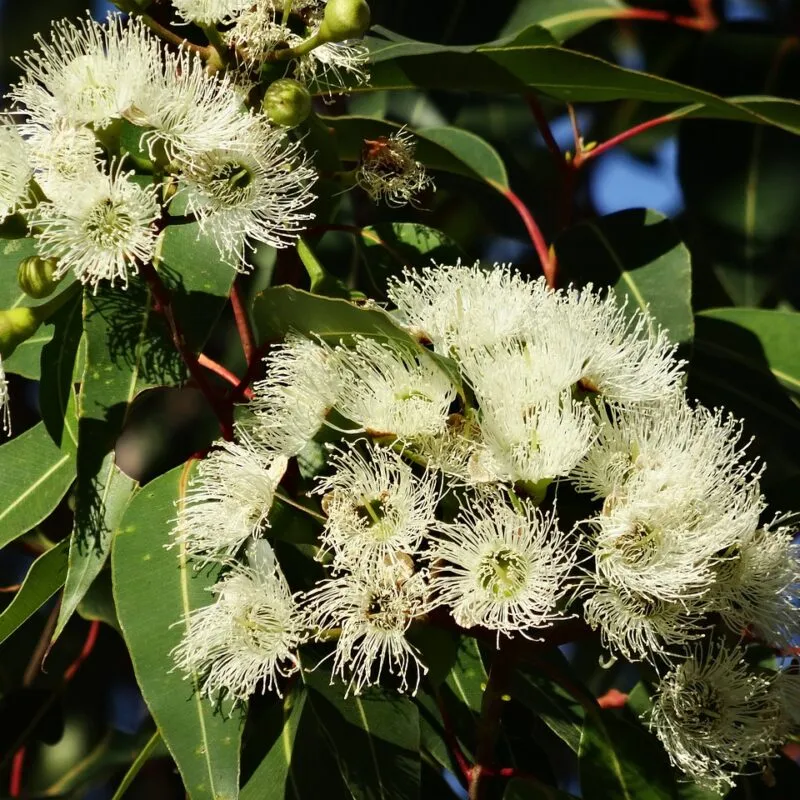
- Repellent Properties: Eucalyptus oil is a well-known insect repellent, and the plant’s strong aroma can deter carpenter bees.
- Care Requirements: Eucalyptus prefers full sun and well-drained soil. It can be grown as a tree or shrub, depending on your space.
2. Citronella (Cymbopogon nardus)

- Repellent Properties: The strong scent of citronella is effective against a variety of insects, including carpenter bees.
- Care Requirements: Citronella thrives in warm climates with full sun. It’s a grass that can be grown in pots or directly in the ground.
3. Peppermint (Mentha piperita)
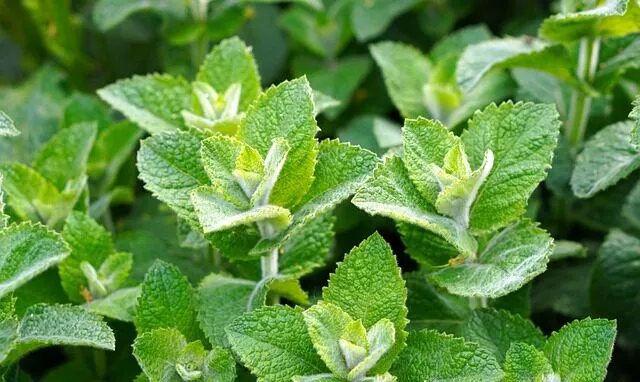
- Repellent Properties: Peppermint’s strong scent is unappealing to carpenter bees, making it a great choice for natural pest control.
- Care Requirements: Peppermint grows well in partial shade and moist soil. It’s invasive, so consider growing it in containers.
4. Geraniums (Pelargonium spp.)
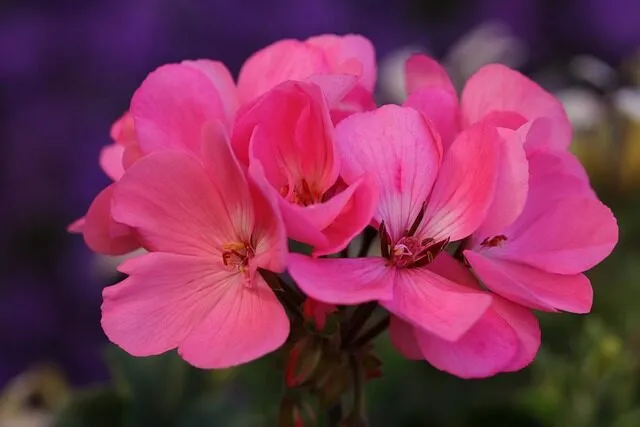
- Repellent Properties: Geraniums produce a scent that carpenter bees find unpleasant, especially varieties with strong scents like rose-scented geraniums.
- Care Requirements: Geraniums prefer well-drained soil and full sun. They are easy to grow and maintain.
5. Marigolds (Tagetes spp.)
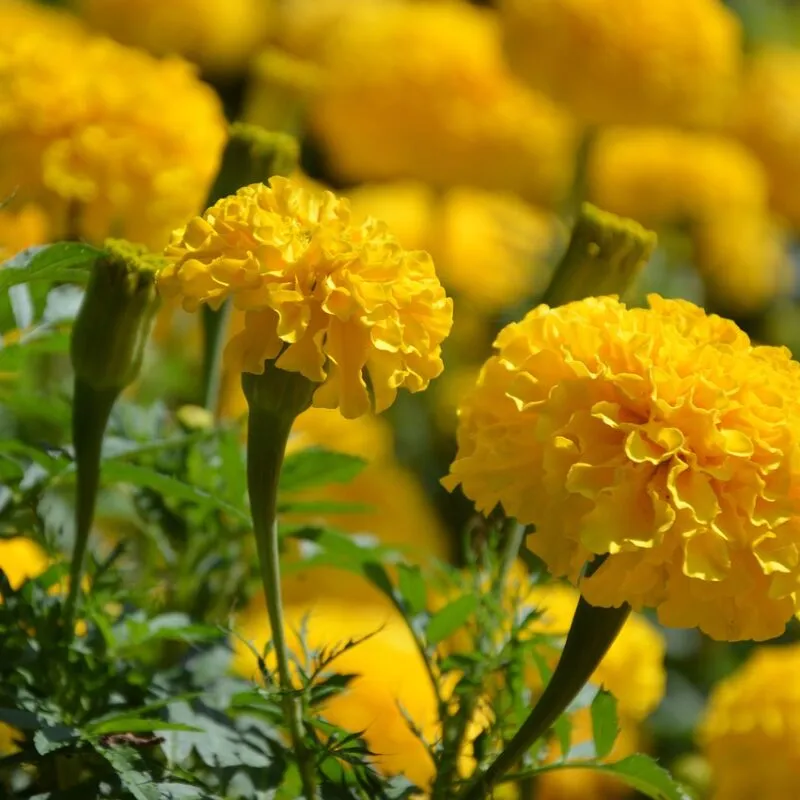
- Repellent Properties: Marigolds release a strong odor that repels many insects, including carpenter bees.
- Care Requirements: Marigolds thrive in full sun and well-drained soil. They are annuals but self-seed easily.
Designing a Carpenter Bee-Resistant Garden
Strategic Plant Placement
To maximize the repellent effects, consider planting these plants near wooden structures where carpenter bees are likely to nest. Creating a barrier with repellent plants can help keep bees away from vulnerable areas.
Companion Planting
Incorporating companion planting techniques can enhance the effectiveness of your garden. For instance, pairing citronella with other insect-repelling plants like lavender can create a robust defense against carpenter bees.
Maintenance Tips
Regular pruning, proper watering, and soil care will keep your repellent plants healthy and effective. Additionally, consider integrating mulch or ground cover to deter bees from nesting in the soil.
Additional Tips for Carpenter Bee Prevention
Seal and Paint Wood
One of the most effective ways to prevent carpenter bee damage is to seal and paint any exposed wood. Carpenter bees prefer untreated wood, so a fresh coat of paint or varnish can make your structures less appealing to them.
Use Natural Oils
Essential oils like tea tree oil, lemon oil, and almond oil are natural deterrents for carpenter bees. Applying these oils to vulnerable wood surfaces can help keep bees at bay.
Install Bee Traps
While plants and oils are great deterrents, carpenter bee traps can provide additional protection. Place traps near nesting sites to capture bees before they can cause damage.
Resources
- Gardening Websites: The Old Farmer’s Almanac, Gardeners.com, and the National Gardening Association offer excellent advice on plant care and pest management.
- Books: “The Organic Gardener’s Handbook of Natural Pest and Disease Control” by Fern Bradley is a valuable resource for natural pest control methods.
- Videos: YouTube channels like “Epic Gardening” and “Garden Answer” provide practical tips and visual guides for managing pests naturally.
FAQs
1. What are the most effective plants to repel carpenter bees?
- Eucalyptus, citronella, peppermint, geraniums, and marigolds are among the top plants known to deter carpenter bees.
2. Do I need to use chemical treatments along with plants to keep carpenter bees away?
- While plants can be highly effective, combining them with other natural methods like essential oils and traps can enhance protection.
3. How do I know if carpenter bees are causing damage to my property?
- Look for small, round holes in wooden structures, along with sawdust or wood shavings. You may also notice bees hovering around these areas.
4. Can these plants also repel other pests?
- Yes, many of these plants are effective against a variety of pests, making them a great addition to your garden for overall pest control.
5. How long does it take for plants to effectively repel carpenter bees?
- Once established, these plants can start repelling carpenter bees immediately. However, it may take a season or two for the full effect as the plants mature.
Conclusion
Using plants to repel carpenter bees is a natural, beautiful, and effective way to protect your home and garden. By incorporating these plants into your landscape, you can enjoy a bee-resistant garden that enhances your property’s beauty and sustainability. Give these methods a try and experience the peace of mind that comes with knowing your home is protected naturally.

